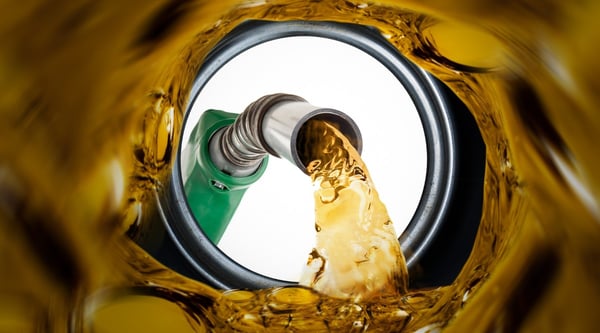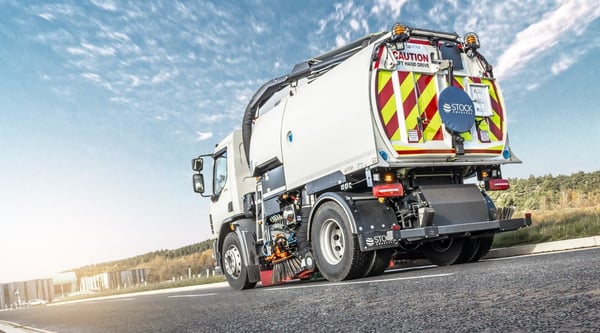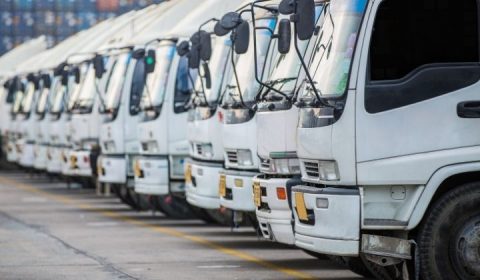Discover how the 2022 red diesel duty change will affect your business and how to prepare.
The current situation…
Just as there is red and white diesel, there is also red and white HVO. Until April 2022, the following duty rates apply to both fuels:
- 14p per litre for Red Diesel and Red HVO
- 95p per litre for White Diesel and White HVO
Changes on the horizon…
From April 2022, red diesel will be prohibited in the UK for many purposes. The incoming restrictions will apply to:
- Vehicles and machinery used in agriculture, horticulture, fish farming and forestry. This includes vehicles used for cutting verges and hedges, snow clearance and gritting roads
- Passenger, freight or maintenance vehicles designed to run on rail tracks
- Heating and electricity generation in non-commercial premises. This includes heating homes and buildings such as places of worship, hospitals and townhalls, off-grid power generation, and non-propulsion uses on permanently moored houseboats
- Maintaining community amateur sports clubs and golf courses. This includes activities such as ground maintenance, and the heating and lighting of clubhouses and changing rooms, etc.
- Fuel for all marine craft refuelling and operating in the UK. This includes fishing and
- water freight industries, except private pleasure craft in Northern Ireland
- Powering the machinery of travelling fairs and circuses, including caravans.
More information about these restrictions can be found here.
Watch out for…
Unfortunately, there is a rather misleading message being spread in the market. Some have been told that, from April 2022, Red HVO can be used instead of Red Diesel for the prohibited activities outlined above. This is not true.
As it stands, the same rules coming into force from April 2022 will apply to Red HVO. In other words, the entitlement to use Red HVO will also be removed for purposes above.
In future…
We are confident that organisations will increasingly use White HVO rather than White Diesel over time as the need to reduce greenhouse gas emissions increases. It is likely that government will encourage organisations to do so through its ‘carrot and stick’ approach to emissions (i.e. through incentives and/or regulations).
However, for the time being, the use of Red HVO will continue to be restricted to the same purposes as Red Diesel.
Take the next step













